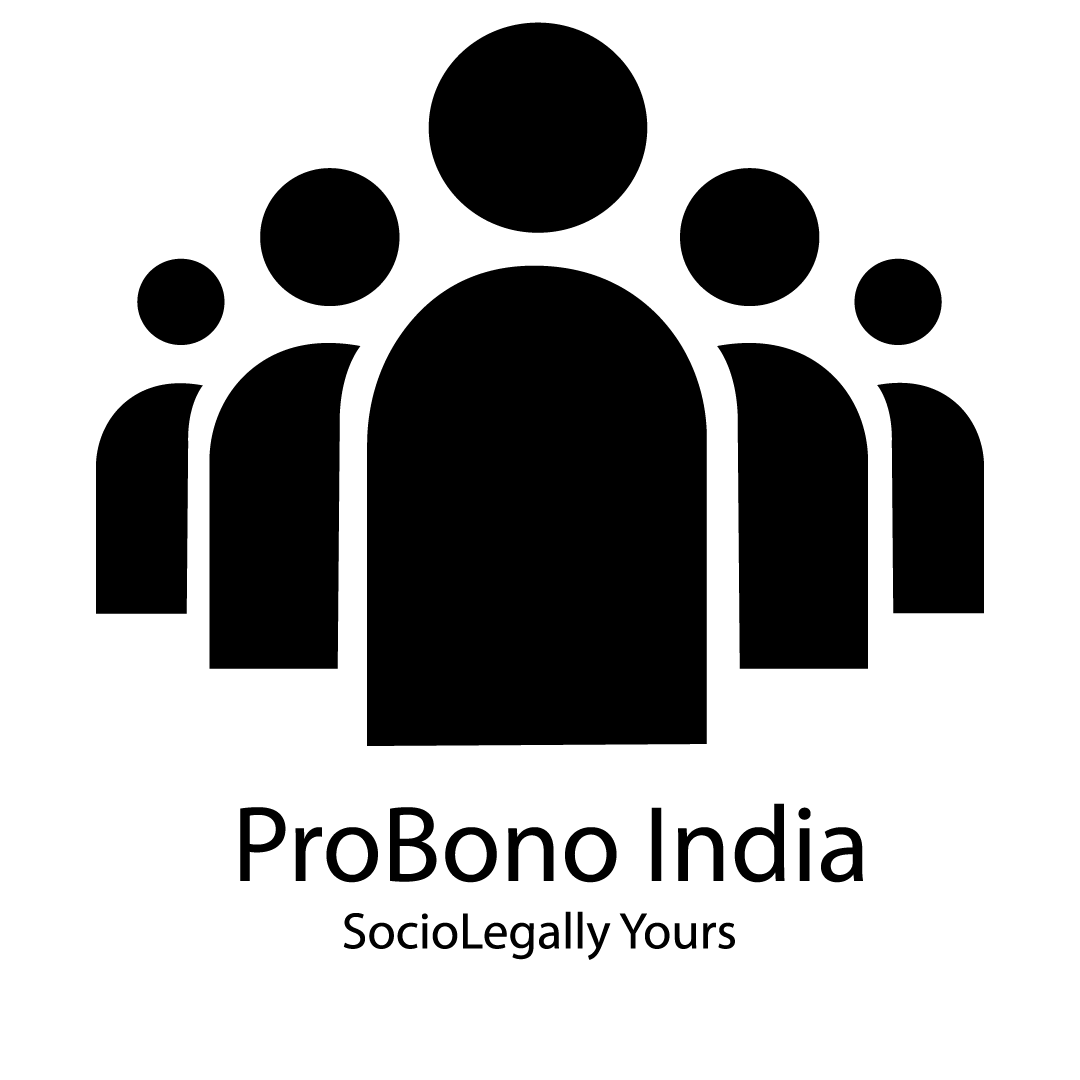
The Hollow Hope Can Courts Bring About Social Change? by Gerald N Rosenberg (Book Review)
The first edition of Gerald N. Rosenberg’s book, THE HOLLOW HOPE: CAN COURTS BRING ABOUT SOCIAL CHANGE? received widespread praise and substantial criticism following its publication in 1991. As a testament to its lasting influence, this book received the 2003 Wadsworth Publishing Award from the Law and Courts Section of the American politics Association. That award honours books and articles a minimum of ten years old that have had lasting impressions within the field of law and courts. THE HOLLOW HOPE truly is such a book.
The changes caused by the second edition are primarily within the sort of additions instead of revisions. the first introduction, first chapter, and chapters two through eleven, organized into three parts, are reprinted without any apparent changes. The second edition features a new two-page preface (accompanying that for the primary edition), two completely new substantive chapters (12 and 13) on same-sex marriages, a lightly revised and renumbered conclusion (Chapter 14), and a replacement two-page epilogue. What we now get, in short, is that the first edition plus Rosenberg’s analysis of cases involving couple – including his treatment of the extent to which they support and require revision of the book.
The second edition of THE HOLLOW HOPE, like its precursor, is to be commended for what it\'s and what it does well. This book will remain a valuable resource for those studying roles that courts have played and should still play at the intersections of law and politics. The new chapters are informative andthought-provoking. Most immediately, they\'re going to still provide useful perspectives for analysing ongoing controversies involving rights of same-sex marriage. More generally, they\'re going to even be at the centre of further analyses of relationships among constitutional and legal developments within states, across states, and at the federal level.
The book begins by offering a framework to clarify when courts can and cannot cause significant social change. Rosenberg emphasizes three constraints on judicial efficacy built into the structure of the American political system: the limited nature of constitutional rights, the shortage of judicial independence, and therefore the judiciary’s limited enforcement powers. In Gerald Rosenberg’s view, these constraints are seldom overcome, and thus courts are generally useless in producing extensive social change. But he allows for the likelihood that these constraints could also be overcome under some conditions: when there\'s ample legal precedent for change, there\'s support for legal change from substantial numbers in Congress and from the national executive, there\'s strong support or weak opposition from citizens, and when conditions otherwise support compliance with the judicial decisions in dispute .
The text carried forward from the primary edition of THE HOLLOW HOPE draws on three sets of case studies to support this model of generally constrained judicial efficacy. Part 1 focuses on the US Supreme Court’s efforts to finish segregation in BROWN v. BOARD OF EDUCATION (1954 and 1955) and subsequent cases. Part 2 examines the consequences of ROE v. WADE (1973) and other decisions by the Supreme Court involving “women’s rights.” Part 3 is on Supreme lawsuits involving the environment, reapportionment, and legal code, with problems with criminal process receiving the foremost attention.
Treating BROWN and ROE as paradigmatic, Rosenberg denies that the Court in these cases effectively caused significant social reform. Within the case of BROWN, he develops arguments that there was little progress toward desegregation within the South until the President and Congress became involved, especially through passage of the Civil Rights Act of 1964, rather than having substantial positive direct or indirect effects, he argues that the Court’s rulings mainly set back the explanation for racial integration.
Gerald N. Rosenberg offers a vivid conclusion: “US courts can almost never be effective producers of serious social reform. At best, they will second the social reform acts of the opposite branches of government”. At worst, courts function “fly paper” for social reformers who succumb to the “lure of litigation”. Court rulings divert scarce resources faraway from more productive.These conclusions, not surprisingly, have provoked strong reactions. While some have denied that THE HOLLOW HOPE’s main thesis is especially novel, most reviewers have given Rosenberg credit for offering during this book an ingenious model of judicial efficacy and for developing a powerful empirical account in support of that model. Similarly, many that haven\'t fully embraced Rosenberg’s conclusions during this book have nevertheless appropriately credited THE HOLLOW HOPE for promoting a greater understanding of the constraints on judicial powers and therefore the conditions of judicial efficacy. I join others in commending Rosenberg in these ways – and particularly for guiding attention toward the importance of constitutional and legal developments outside courts, not only through judicial rulings and their direct and indirect effects.
The second edition does offer a sustained response to at least one set of critics: those who have argued that the results of the litigation strategy for rights of same-sex marriage disprove or otherwise challenge Rosenberg’s arguments within the first edition of THE HOLLOW HOPE.
Rosenberg concedes that there are important differences between the new case study and people within the first edition. Thus far, litigation involving claims of the proper to same-sex marriage are primarily at the state instead of federal level. Additionally, the relevant state court decisions have hinged mainly on problems with state constitutional and law, not interpretation and enforcement people constitutional guarantees.
Even so, Rosenberg claims that the litigation campaign for rights of same-sex marriage has as its aim achieving significant social reform, as defined earlier within the book. He characterizes gays as “a small minority in the united states that have suffered from, and still suffer from, discrimination”. Litigation for same-sex marriage “is an effort to broaden and equalize the right to marriage that\'s enjoyed by heterosexual adults”. Also, importantly, he emphasizes that the campaign “is an effort to use the courts to provide change with nation-wide impact”. All three elements – a litigation campaign (a) by members of a political minority (b) seeking to vindicate “liberal” rights (c) on a national scale – are necessary to satisfy his conception of “significant social reform”.
Chapter 12 discovers the “direct-effects” of the litigation campaign for same-sex marriage through the 2004 elections. This chapter focuses particularly on the impact of three leading cases: BAEHR v. LEWIN (1993) (Hawaii), BAKER v. VERMONT (1999), and GOODRIDGE v. DEPARTMENT OF PUBLIC HEALTH (2003). Rosenberg claims that every ruling produced “positive” effects: the passage of a “reciprocal beneficiaries” law in Hawaii, the legalization of civil unions in Vermont, and therefore the recognition of same-sex marriages in Massachusetts. He also claims that these victories weren\'t complete: gay individuals still didn\'t have the proper to marry in Hawaii or Vermont, and therefore the United States government recognized neither the Vermont-style civil unions nor the same-sex marriages performed within Massachusetts. Nor were other states obliged to acknowledge such civil unions or marriages. Thus, gay persons, remained, nationally, “second-class citizens.” “Same-sex couples” are denied over 1,000, 100 federal rights that accompany marriages.
Chapter 13 attempts to account for the “indirect effects” of this litigation campaign – including its effects on political mobilization both in favour of same-sex marriage and against it, media coverage, and opinion. according to Rosenberg, there has been a rise in mobilization supporting same-sex marriage which will be attributed partially to litigation. At an equivalent time, there has been even simpler counter-mobilization by the opponents of same-sex marriage. He emphasizes that between 1990 and 2004, 42 bills to support same-sex marriage were introduced into state legislatures, while there have been 394 aimed toward prescribing it in some manner. Similarly, by 2004 over a 3rd of the states had banned same-sex marriage by constitutional amendment; and Congress in 1996 passed the “Defence of Marriage Act”. Rosenberg concludes.As a result of litigation, same-sex marriage proponents face legislative and constitutional obstacles on both the state and federal level that didn\'t exist before they turned to litigation”. While acknowledging that some may regard the combined results as “two progress , one step back,” from the attitude of the litigants seeking marriage equality, consistent with Rosenberg, the results could also be summarized more accurately as “one breakthrough , two steps back”. Similarly, Rosenberg argues that the GOODRIDGE decision in 2003 sparked a backlash within the 2004 elections which contributed to George Bush’s election as president: “The evidence suggests that if the GOODRIDGE case had not been brought, or had begun differently , John Kerry might well have carried Ohio and thus won the 2004 election”. Nor, in Rosenberg’s view, did litigation positively impact media coverage, which he concludes was “largely driven by opposition to same-sex marriage, not litigation in support of it”. Finally, he claims that litigation to win the proper to same-sex marriage has not substantially increased public support for this right. To the extent that popular opinion has become more supportive of rights of gay men and lesbians, he attributes that development to broader cultural changes instead of litigation.
Rosenberg’s overall conclusion: “Litigation as a way of obtaining the proper to same-sex marriage has not succeeded”. Those advocating this right, in his view, turned to the courts timely (before that they had widespread popular support) and asked for an excessive amount of (same-sex marriage instead of civil unions). The more general take-away point, consistent with Rosenberg, is that “those who believe the courts absent significant public and political support will fail to realize meaningful social change and should set their cause back”.
The tone of those new chapters is analogous thereto of the sooner ones. Rosenberg adheres to his primary thesis and marshals the evidence effectively. He appears to not have retreated from any of the primary edition’s basic aims, methodological strategies, or conclusions. rather than qualifying his earlier positions, the new chapters seek to strengthen and extend them.
One of the distinctive strengths of this analysis is additionally one among its most peculiar features: Rosenberg’s reliance on nationalistic standards because the primary measure of the importance and success or failure of a litigation strategy that the majority immediately has sought state-level recognition of rights of same-sex marriage. To make certain, there are good reasons to research the direct and indirect effects, at the national (including cross-state) level, of this effort to realize reform through litigation in state courts. Rosenberg’s analysis of those effects has, moreover, been highly instructive.
At the same time, it appears suitable to regard as equally important the state-level successes and failures of this approach. Counting only GOODRIDGE, for example, it makes sense to regard this outcome as important victory (from the perspective of advocates of rights of same-sex marriage) even if it has not been accompanied within a relatively short time horizon by net gains within a majority of the states or at the national level. The same would hold true if or when similar judicial victories were obtained, one at a time, in other states.
On this issue, Rosenberg claims to adopt the perspective of litigants and litigators. But surely not all of those advocating rights of same-sex marriage (or those familiar with their motivations) have adopted Rosenberg’s nationalistic criteria of significance or his dichotomous perspective toward success or failure. Wearing both hats, he acknowledged Rosenberg’s arguments in the first edition of THE HOLLOW HOPE. Pinello also offered qualified support for Rosenberg’s primary thesis by taking a position that the litigation strategy for same-sex marriage resulted only in “disaster” before 2003. But Pinello argued, contra Rosenberg, that the Massachusetts court’s decision in GOODRIDGE “brought about enormous social change” across at least three dimensions. First, “an estimated 6,000 or more lesbian and gay couples married in Massachusetts in the first year” following the decision. Second, GOODRIDGE “had a profound inspirational effect for the marriage movement”. Third, the decision “opened a floodgate of heightened expectations”. Pinello was certainly aware of the backlash this decision and others had provoked; and he was under no misconception that it guaranteed same-sex couples rights of marriage at the federal level. Even so, he treated GOODRIDGE as a significant victory, relying on standards of success and significance closer to McCann’s Rosenberg’s.












